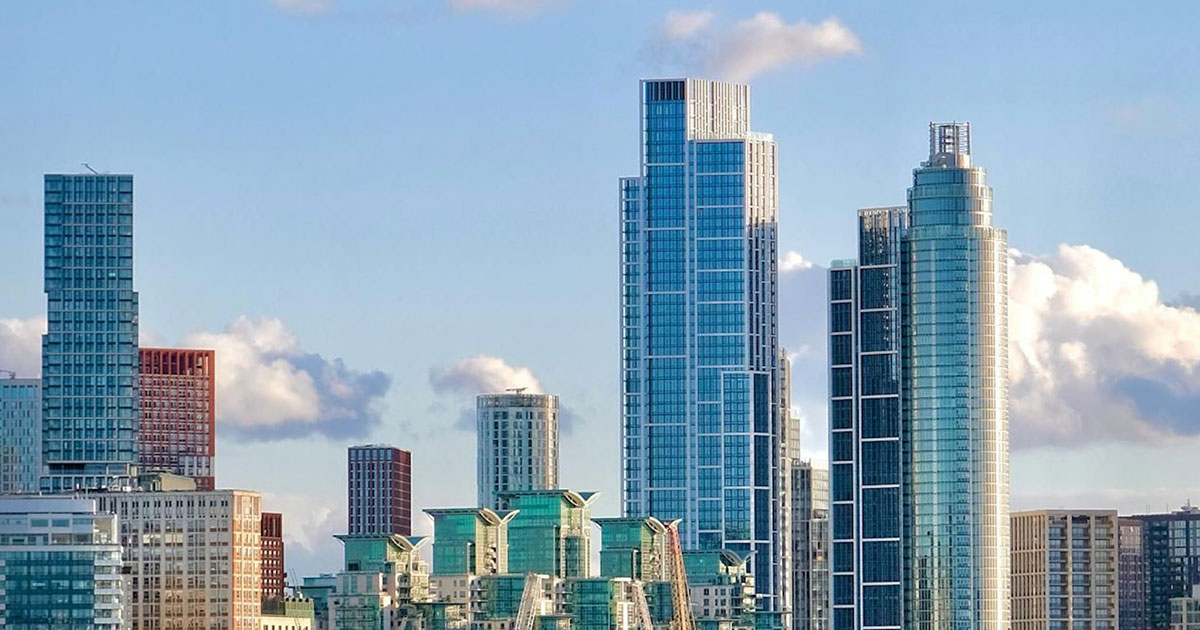Short-term rental sector faces challenges – Poornima Andrews writes for Property Week

With a rise in alternative accommodation being sought by renters in place of traditional-style hotel rooms, short-term lettings such as those offered by Airbnb have become a booming business, giving property owners far more flexibility on how they rent their property.
This has particularly been highlighted by the pandemic, as working from home gives more flexibility in terms of how people are choosing to live and how long they stay in one place.
There are recognisable economic benefits to short-term lettings, specifically tourism and income stream for landlords. However, there are genuine concerns that this is leading to a reduced supply of housing stock (longer-terms lets) as properties shift from serving local residents to serving short-term renters, thus impacting neighbourhoods/local residents by raising housing costs.
With this in mind, the government is considering its tourism policies and the possibility of introducing planning requirements in respect of short-term lets. There is already a limit on the number of days (currently 90 days) that landlords can short-let a property in London without obtaining formal planning permission (Deregulation Act 2015). Cornwall led the way in 2016 in places such as St Ives, where a neighbourhood plan was adopted that effectively banned new dwellings being purchased as second/holiday homes.
While inroads may be being made to address the issue, it is not clear who will be enforcing this. There are often regulations contained in mortgages and other legal documents, specifically leases, that will curtail the use of a property from being let on a short-term basis that quite simply get flouted. There is little impetus for banks or superior landlords to enforce these regulations unless there is an issue, such as non-payment of a mortgage or a nuisance in the building. It is likely therefore to fall to local authorities to enforce any measures, and whether they will have the ability to do this (given their infrastructure and financial constraints) is to be seen.
It is clear that there are challenges in balancing both the needs of landlords and the tourism industry, which have both suffered in the pandemic, and the longer-term housing issues that need to be addressed for localised economic recovery. The short-term rental sector is facing a number of changes. It appears likely that tighter controls will be effected and it may encourage some landlords and potential second-home buyers to rethink their rental strategy.
This article was first published in Property Week on 3 February 2022, and can be found here.

